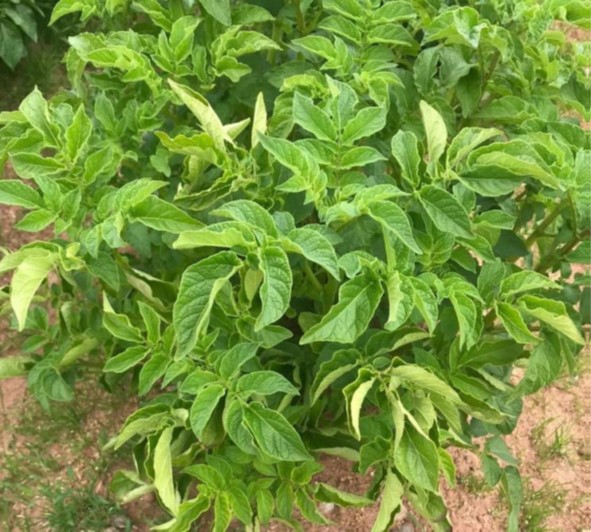2021 Scottish Potato Crop Inspections and Statistics
14 December 2021All data in this article are sourced from SASA’s review of growing potato crop inspections
Potatoes are a vegetatively propagated crop, and the health status of Scottish seed potatoes is a strategic priority. SASA, the authority responsible for safeguarding the health of Scottish Seed potatoes carries out growing crop inspections for all certified seed. A summary of the 2021 growing crop inspections has recently been released highlighting the high health status of Scottish potatoes, but also bringing timely reminders of threats that need proper management.
In total 10,298 ha (25,447 acres) of seed potatoes were entered into the Scottish certification scheme. In total 276 varieties were grown in 2021, but many of these represent very small areas. Just ten varieties account for 50% of the area, with Maris Piper the most widely grown variety at 12% area share, followed by Hermes (10%), and Cara (8%). The vast majority of crops held their grade, which only 6.8% of the entered area being downgraded and only 0.7% of the area failing to achieve a grade.
The most common fault seen was blackleg, but it continues a declining trend seen in previous seasons. At least one blackleg plant was seen in 35% of the seed area. Only 2.5% of the seed area was downgraded or failed due to blackleg.
Mosaic virus also declined year-on-year and was recorded (i.e. at least one symptomatic plant) in 12% on the inspected area. 4.1% of the seed area did not hold grade due to mosaic virus, down from 5.0% last year. SASA inspectors take leaf samples and test for viral species present in plants with mosaic symptoms. Of the crops that did not hold grade due to mosaic virus, 91% were found to be infected with PVYN.
The only health issue which saw an increase in 2021 was potato leaf roll virus (PLRV), which was observed in 5% of the inspected crop area. This is the highest level since 2009 and is a timely reminder of the importance of aphid monitoring and control in seed potato crops. However, it’s important not to overstate the issue – a single plant found within a crop is enough to be recorded.
Non-disease faults such as rouges (found in 7.9% of inspected area) and off-types (2.0% of inspected area) were about the same as previous years. Blackleg and viral issues increase with every field generation, so limiting generations and rigorous crop protection, particularly of high-grade crops, are vital safeguards for seed potato health.
| Variety | Area Entered 2021 | Change from 2020 area (%) |
| Maris Piper | 1,224 | +6 |
| Hermes | 1,060 | −13 |
| Cara | 801 | +23 |
| Desiree | 438 | −15 |
| Innovator | 375 | −1 |
Dr Kyran Maloney, Potato Consultant, SAC Consulting
Sign up to the FAS newsletter
Receive updates on news, events and publications from Scotland’s Farm Advisory Service

